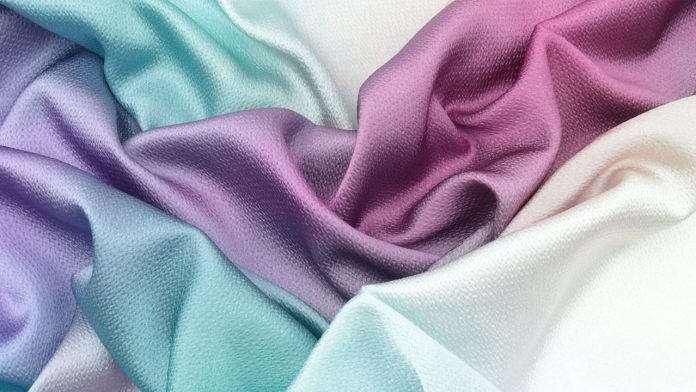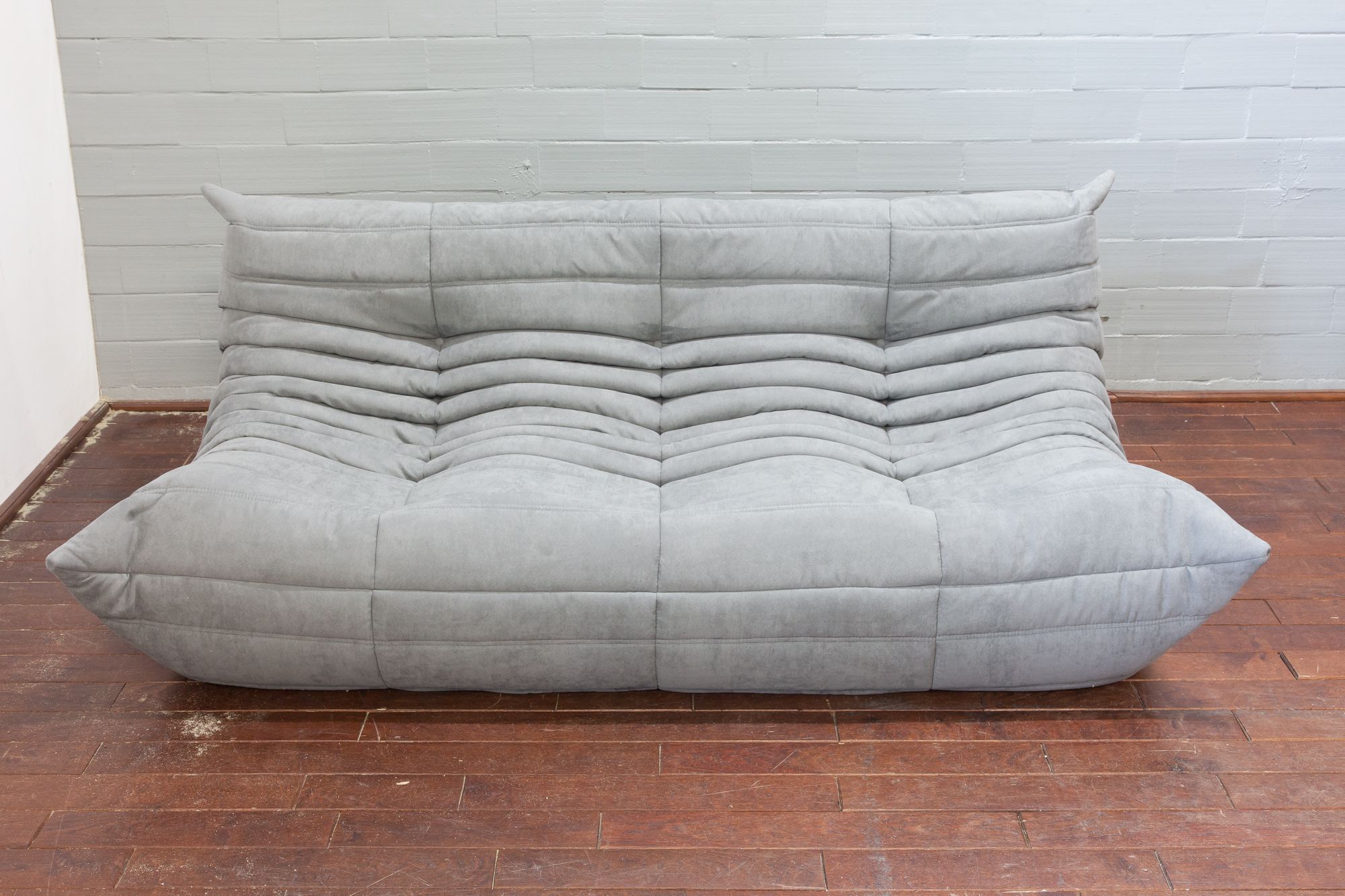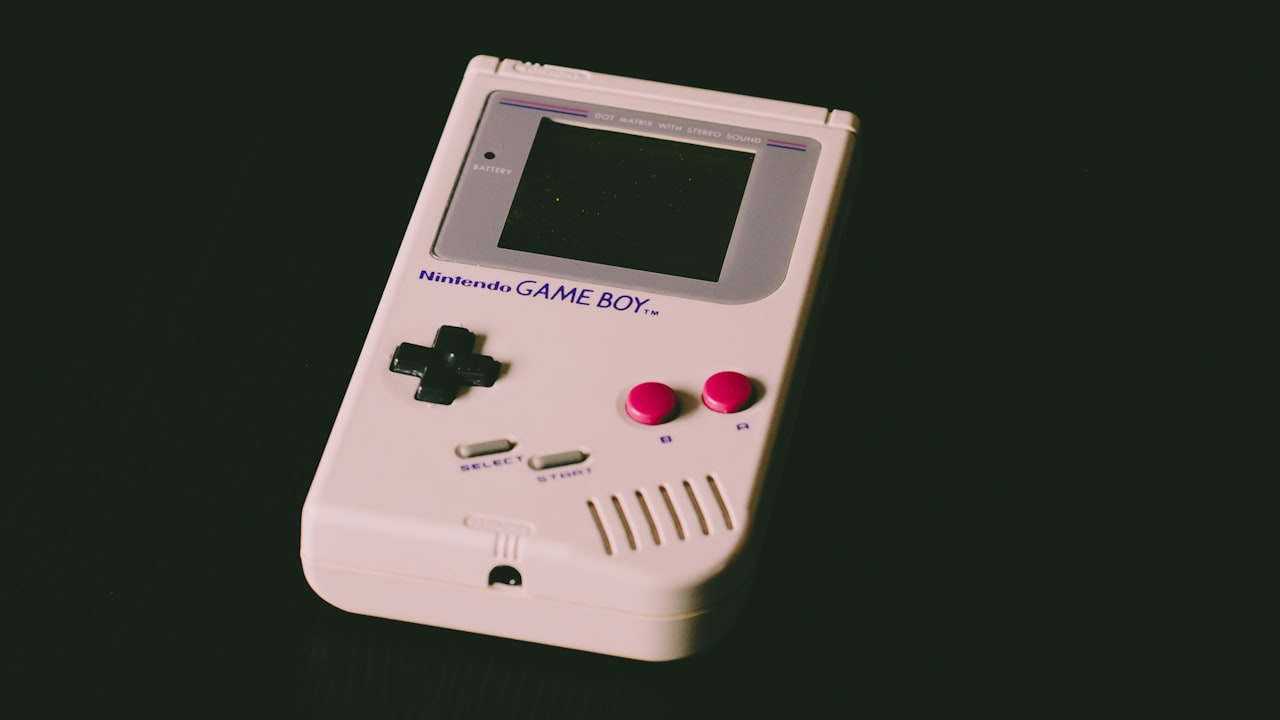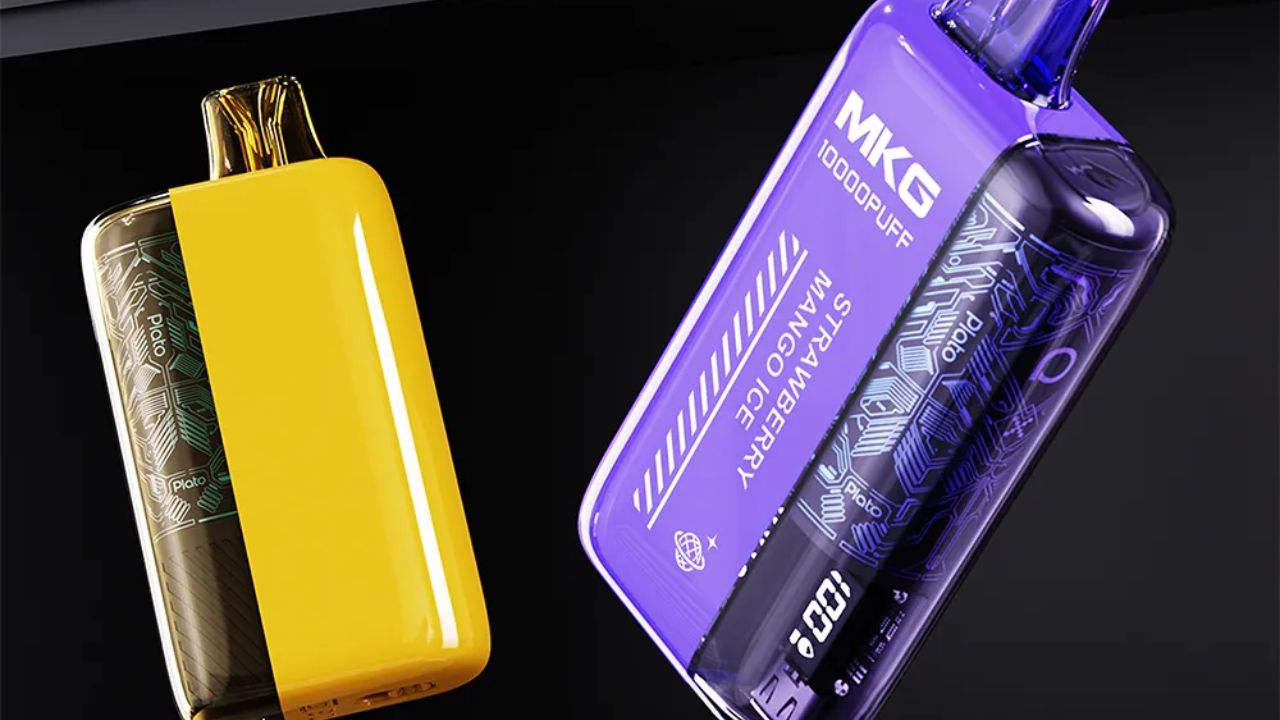It is imperative that when buying modal fabric, one knows the aspects that provide it with a distinctive characteristic and classifies it between a pure fabric and a mixture of blends. Modal is the most famous due to its extreme lightness, its ability to breathe, and its extreme sturdiness. All these qualities make it a perfect match with varying applications such as clothing and home textiles. There has also been the production of inferior or mixed fabric that does not exhibit the same properties as the increased popularity of modal. By becoming more aware, the consumers will be able to know what is modal fabric and what to expect and consequently invest in the fabric that would really satisfy them.
Fabric Composition
Another way of checking when purchasing modal fabric is to look at the composition label. Well-made modal should be well labelled as either 100 per cent or blend with a particular percentage. The functionality can be added through blending with cotton or spandex, particularly activewear or loungewear, but modal must still be the majority fibre. And when the modal is not stated clearly or the contents appear ambiguous, chances are that the cloth is not real.
Evaluating the Look and Feel
Visual inspection and tactile inspection may give much information about the quality of the modal fabric. Authentic modal has a very unique and discernible silky sheen, though not too glossy, realistic, yet gentle glow is clearly displayed, and also has a very smooth texture too. It reminds me of silk and high-quality cotton in combination. Real modal must have a soft, cool and luxurious feel when touched. If the material is harsh or scratchy, or has too much shine, then it may be a lower quality mix or fake.
Weighing of Fabric and Weave
The type of fabric that is used in modal varies in its weight depending on the intended use, as well as in its weaving. During summer, a lighter weight and more breathable modal is appropriate for summer clothes and a lightweight outfit. A heavier weave is more condoned in cooler climates, or items sewn in a more structured style. One should select a fabric that is of the right weight, depending on the intended purpose. Modal that is thicker should not lose its smoothness and malleability, whereas thinner modal will not give the impression that it is weak.
Testing Care Guidelines and Lifespan
One significant factor that needs to be kept in mind is the longevity of the fabric. Modal has the reputation of not shrinking and fading, as well as not pilling even after numerous washes. Before they make a purchase, customers are expected to read the labels. The modal is supposed to be easy to wash as well as maintain the shape without much effort. Care labels that are too complex to understand or indicate that it is easy to break might be a warning sign of whether the material is genuine or not, or of its quality.
Thinking of Sustainability and Brand Reputation
Sustainability and ethical manufacturing are also becoming factors of consideration in the choice of fabric. The manufacturing of modal tends to be done in an environmentally friendly manner, especially by certain respectable companies. Brands that have been promoting sustainability, ethical sourcing, and some certifications of the fabric are more trustworthy in terms of the quality and authenticity of the fabric.
Conclusion
Finally, it is more than a label to provide the best modal fabric. With careful attention to texture, composition, durability, and the credibility of the brand, consumers will have all the advantages of using such an eco-friendly, luxurious fabric.















